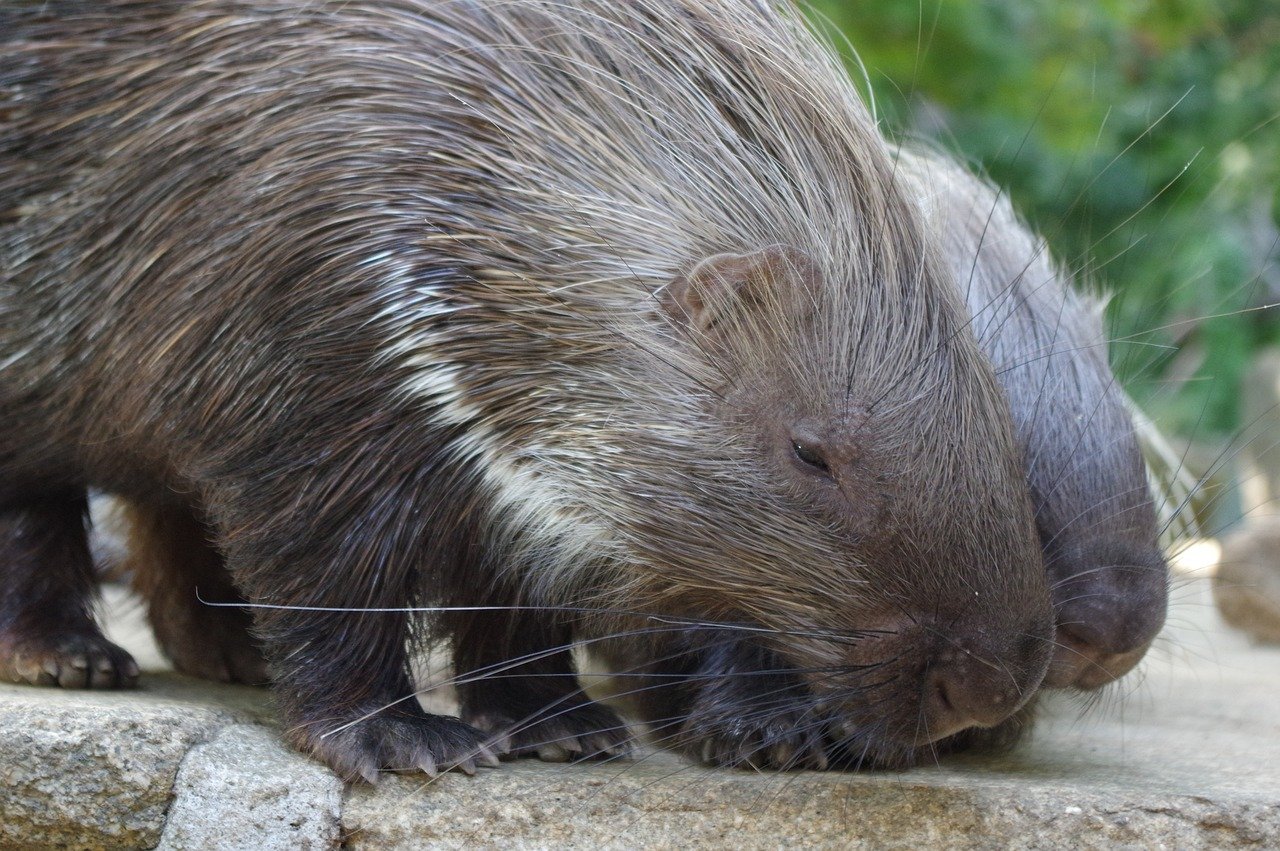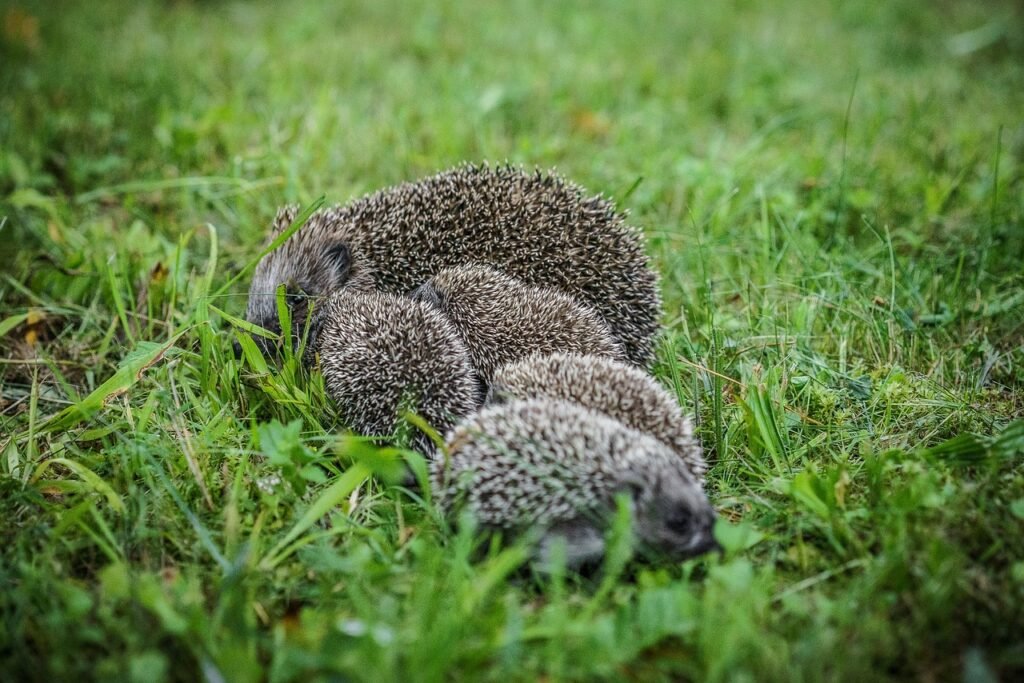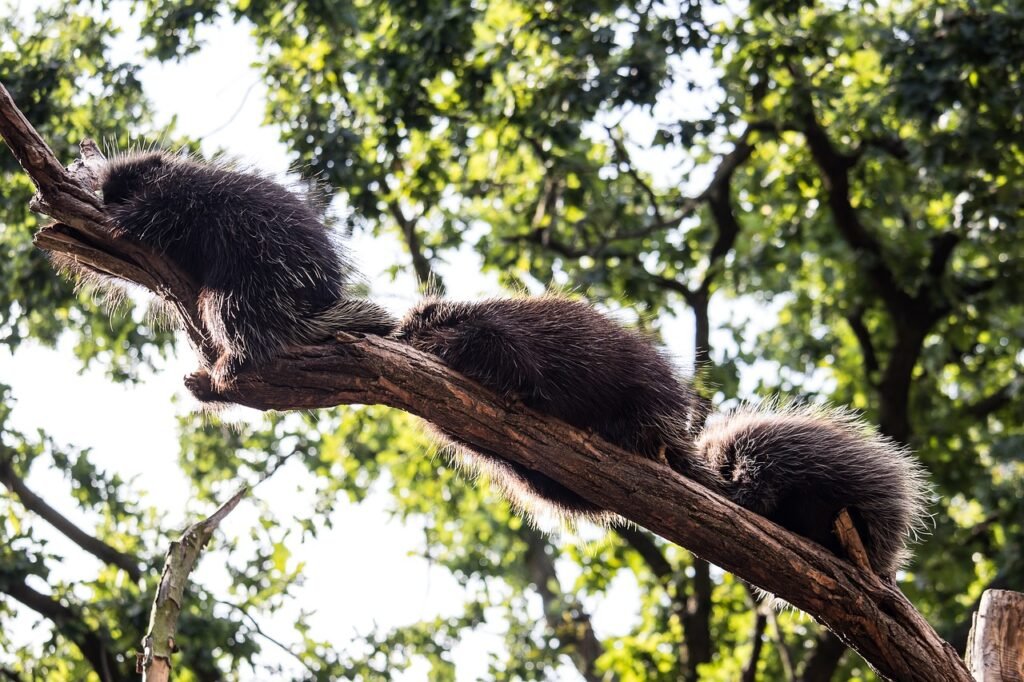Embarking on the journey of parenthood with porcupines is an adventure filled with unique behaviors, intricate courtship rituals, and the joy of welcoming quilled offspring into the world. Understanding the nuances of porcupine reproductive behaviors is essential for caregivers and enthusiasts alike. In this guide, we navigate the fascinating realm of porcupine parenthood, exploring courtship, mating, pregnancy, and the nurturing of prickly yet endearing porcupine pups.
Courtship Choreography:
1. Scented Whispers:
- Courtship begins with porcupines engaging in scented whispers, leaving olfactory love notes through scent marking. This intricate communication sets the stage for potential mates to connect.
2. Vocal Love Language:
- Vocalizations become the love language of porcupine courtship. Grunts, whines, and other expressive sounds fill the air, signaling the readiness of porcupines to engage in the dance of love.
3. Tender Touches:
- Courtship involves tender touches, such as nuzzling and mutual grooming. These gentle gestures strengthen the bond between potential mates, creating a foundation for successful pairings.
The Dance of Mating:
1. Perfect Timing:
- Porcupines follow specific breeding seasons, and the dance of mating hinges on perfect timing. Understanding these natural cycles is crucial for successful copulation and the continuation of the porcupine life cycle.
2. Intimate Connection:
- Mating involves an intimate connection, where a male approaches a receptive female for copulation. This dance is a delicate yet vital step that paves the way for the next generation of porcupines.
3. Post-Mating Preparations:
- Post-mating, pregnant females exhibit nesting behaviors as they prepare for the upcoming birth of quilled pups. These preparations contribute to the comfort and security of the expecting porcupine.
The Miracle of Pregnancy:
1. Gestation Symphony:
- The gestation period, akin to a symphony, varies among porcupine species but generally spans several months. During this time, the female carries and nurtures the developing quilled offspring within her womb.
2. Signs of Expectation:
- Signs of pregnancy include changes in behavior, appetite, and physical appearance. Observing these signs allows caregivers to provide the necessary care and support during this sensitive period.
3. Nesting Elegance:
- Nesting behavior becomes an elegant ritual as pregnant porcupines meticulously prepare a secure and cozy nest for giving birth. This instinctive behavior ensures a welcoming environment for the imminent arrival of porcupine pups.
The Quilled Arrival:
1. Nature’s Miracle:
- Porcupines typically give birth to one or two pups per pregnancy. The sight of these tiny, quilled miracles marks the culmination of the reproductive journey and the beginning of a new chapter in porcupine parenthood.
2. Birthing Ballet:
- The birthing process is a delicate ballet, involving the delivery of porcupine pups covered in soft quills. The mother’s attentive care ensures the well-being of her vulnerable offspring during the early stages of life.
3. Maternal Symphony:
- Porcupine mothers exhibit a maternal symphony, nursing, protecting, and nurturing their quilled pups. This orchestration of care establishes the foundation for the pups’ growth and development.
Weaning and Growing:
1. Transition to Solid Ground:
- Weaning marks the transition from maternal milk to solid foods for porcupine offspring. Caregivers play a crucial role in providing a balanced diet and supporting the nutritional needs of growing quilled juveniles.
2. Playful Ballet of Juveniles:
- Porcupine pups undergo various developmental stages, evolving from tiny infants to playful juveniles. Each stage contributes to their overall growth, behavior, and adaptation to the porcupine community in a playful ballet of juvenile exploration.
Harmonizing Family Dynamics:
1. Parental Harmony:
- Strong parental bonds form between porcupine parents and their offspring, contributing to the intricate family dynamics within the porcupine community. This harmony fosters a sense of community and support.
2. Siblings in Rhapsody:
- Porcupine siblings engage in social interactions, play, and exploration, creating a rhapsody of sibling dynamics that enriches our understanding of porcupine family life.
Conclusion:
Parenthood with prickles is a magnificent journey through the intricacies of porcupine reproductive behaviors. As we navigate the dance of courtship, the symphony of pregnancy, and the ballet of birthing, we gain a deeper appreciation for the resilience, natural instincts, and endearing charm



